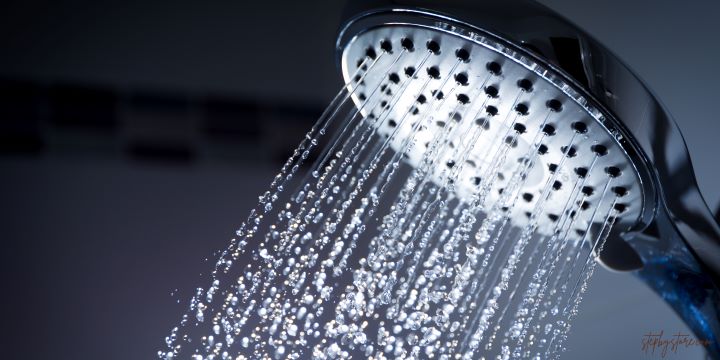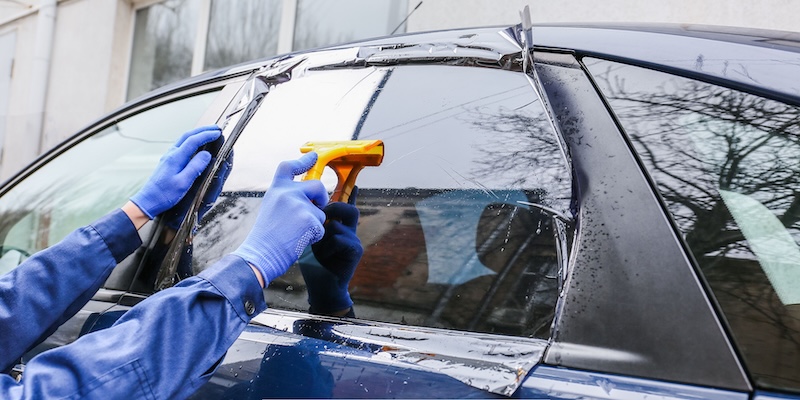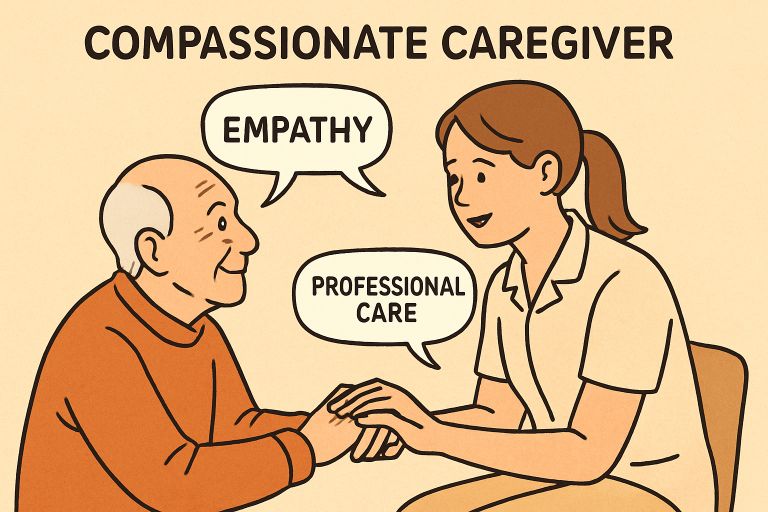Table of Contents
- Introduction to Easy Access Showers
- Benefits of Easy Access Showers
- Design Features to Look For
- Who Can Benefit the Most?
- Installation and Maintenance Tips
- Comparing Shower Options
- Cost and Affordability
- Future Trends in Bathroom Safety
Introduction to Easy Access Showers
Maintaining independence and safety within the home environment is critically important in today’s fast-paced society. These showers cater to individuals with mobility issues, making daily routines simpler and safer. The traditional shower often poses numerous challenges, particularly for older people and those with disabilities. Imagine the risks involved in stepping over high edges and balancing on slippery surfaces. Easy-access showers mitigate these risks by offering design solutions that prioritize safety without sacrificing style. This shift towards inclusive design represents a broader commitment to creating homes that are functional and supportive of diverse needs.
Benefits of Easy Access Showers
Easy-access showers offer many benefits, the foremost of which is the significant reduction in the risk of slips and falls. According to the CDC, one in every four Americans aged 65+ experiences a fall each year, highlighting the urgent need for safer home environments. These showers promote independence, enabling users to manage their hygiene routines more quickly and confidently. One way to achieve this is by installing walk in shower a preferred option due to their enhanced accessibility and numerous safety features. Additionally, easy-access showers are not just about safety; they also enhance the bathroom’s overall aesthetic appeal. Their seamless, modern designs can elevate the bathroom’s look, making it a more pleasant and comfortable space. Features such as built-in seating and adjustable showerheads add convenience layers, turning daily routines into more relaxed and enjoyable experiences.
Design Features to Look For
Several key design features are essential when investing in an easy-access shower. For instance, low thresholds or even no-threshold designs help minimize the risks associated with stepping over high edges. This feature is particularly advantageous for people with limited mobility or balance issues, as it offers a safer and more straightforward entry and exit.
Low Thresholds
Low thresholds reduce the need to step over large edges, making showers more accessible. This design primarily benefits individuals using wheelchairs or walkers, allowing them to enter and exit showers without hindrance.
Non-Slip Flooring
Non-slip flooring is another vital element, significantly improving safety by reducing the chance of falls in wet conditions. Properly textured floors offer more grip, ensuring users feel secure inside the shower.
Built-In Seating
Built-in seating provides a practical and safe place to sit, making it particularly beneficial for those who find standing for extended periods challenging. This feature is ideal for recovering from surgeries or managing chronic health conditions.
Grab Bars
Grab bars are essential, offering additional support and stability. These bars should be made from durable materials and well-secured to the walls to ensure they can bear weight without risk of detachment.
Who Can Benefit the Most?
While easy-access showers offer universal benefits, they are particularly advantageous for specific groups. Elderly individuals, those with disabilities, and people recovering from surgeries will find these showers especially helpful. The design assures safety, enabling users to maintain their dignity and independence.
For caregivers, these showers significantly reduce the physical strain of assisting others during showering and bathing. The enhanced safety features also lessen the emotional stress, knowing that their loved ones are less likely to suffer from accidents or injuries, thereby improving the quality of life for both parties.
Installation and Maintenance Tips
Proper installation is crucial to getting the most out of an easy-access shower. Professional installers ensure all features are correctly implemented, adhering to safety standards and optimizing functionality. Post-installation, routine maintenance is vital to keep the shower functioning effectively and safely.
Professional Installation
Ensuring that a professional handles the installation guarantees that the shower meets all necessary safety criteria. This method reduces the chances of installation errors that could result in unsafe conditions or future repair costs.
Routine Maintenance
Regular maintenance checks should include cleaning the shower area to prevent mold and mildew buildup, which can make surfaces slippery. It’s also essential to periodically check that grab bars and built-in seats remain secure and stable, and that non-slip flooring maintains its functionality.
Comparing Shower Options
Traditional showers often involve high edges and lack built-in safety elements, posing increased risks. High edges can be difficult and dangerous to navigate, particularly for individuals with mobility issues. Additionally, traditional showers can become safe environments with features like grab bars or non-slip flooring.
Traditional Showers
In traditional showers, the step-in height can present a significant barrier, posing a tripping hazard. The absence of safety features such as grab bars, non-slip surfaces, and seating increases the risk of accidents, making them less suitable for homes with elderly or disabled residents.
Easy Access Showers
Easy-access showers are designed with safety and accessibility in mind. Features such as low or no thresholds, non-slip floors, and strategically placed grab bars facilitate safer and easier use. These elements significantly benefit those with reduced mobility, providing a safer and more comfortable bathing experience.
Cost and Affordability
The cost of installing an easy-access shower varies based on the specific design and features chosen. Although the upfront expense may be higher than traditional showers, it is a valuable investment, given its enhanced safety and long-term benefits. Forbes reports that the average hospital cost for a fall injury is over $30,000, highlighting the potential financial savings associated with preventing such incidents.
Moreover, financial support and grants are often available to assist with the costs of modifications to improve home accessibility. Exploring these options can make investing in an easy-access shower more affordable and ensure that safety enhancements are accessible to those who need them most.
Future Trends in Bathroom Safety
The future of bathroom safety and accessibility promises exciting advancements. Technological innovations such as intelligent showers, enhanced anti-slip coatings, and customizable options revolutionize bathroom design. By keeping up with these trends, homeowners can ensure that their bathrooms remain safe and offer the latest in modern convenience.
Smart Showers
Intelligent showers have features like voice control, temperature regulation, and automated water flow. These enhancements can significantly boost safety and comfort, making it easier for users to control the shower environment without physical effort.
Anti-Slip Coatings
New anti-slip coatings provide even more excellent traction on wet surfaces, reducing the risk of falls. Unlike traditional non-slip flooring, these coatings can be applied to various surfaces, offering flexible solutions without compromising aesthetic appeal.
Customizable Designs
Customizable designs allow homeowners to tailor their showers to their needs and preferences. This personalization ensures that the bathroom is functional and stylish, catering to individual safety requirements while providing a comfortable and aesthetically pleasing environment.







